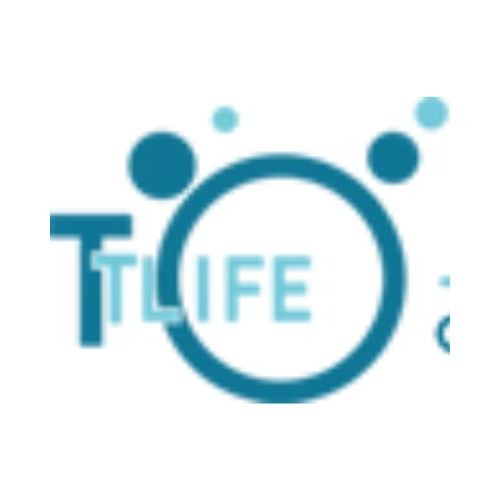Overview
Mosaic operates in the field of artificial intelligence and machine learning, focusing primarily on enabling teams and organizations to manage data and AI workflows efficiently. The platform was launched to address the growing need for streamlined collaboration in AI development and operations. Mosaic's headquarters are located in the United States, positioning it within a major hub for AI innovation.
The platform offers a mobile application, allowing users to access AI tools and monitor projects on the go, enhancing flexibility and responsiveness for AI teams.
Currently, Mosaic receives an estimated monthly web traffic ranging from 10,000 to 50,000 visitors globally. Its primary markets include the United States, United Kingdom, Canada, Australia, and Germany, reflecting strong interest from advanced tech ecosystems.
Key Features of Mosaic
- Collaborative AI Workflow Management: Mosaic allows multiple users and teams to work seamlessly on AI projects, sharing data, models, and results in a unified environment.
- Comprehensive Data Integration: It supports integration with a broad range of data sources and formats, ensuring flexibility in handling diverse datasets.
- Version Control for Models and Data: Mosaic provides robust versioning capabilities, enabling users to track changes, revert to previous versions, and maintain reproducibility in experiments.
- Automated Monitoring and Alerting: The platform continuously monitors AI models in production, sending alerts when anomalies or performance degradation are detected.
- Insights and Visualization: Mosaic includes tools to visualize data pipelines, model performance metrics, and collaborative contributions, assisting teams in making data-driven decisions.
Benefits of Using Mosaic
- Enhanced Team Collaboration: By centralizing AI workflows, Mosaic reduces friction among team members, streamlining communication and accelerating development cycles.
- Improved Productivity: Its automation features minimize manual monitoring and error-prone tasks, freeing up valuable time for data scientists and engineers.
- Increased Transparency: Version control and detailed audit trails promote accountability and reproducibility, which are essential in regulated industries.
- Scalability: Mosaic’s architecture supports projects of varied sizes, from startups to enterprise-level implementations.
- Ease of Use: Intuitive interfaces and comprehensive documentation lower the barrier to entry for teams new to AI workflow management.
Applications of Mosaic
Mosaic is applicable across various domains where AI development and deployment require coordinated efforts. Typical use cases include:
- Enterprise AI Projects: Large organizations use Mosaic to manage complex AI pipelines involving cross-functional teams.
- Research and Development: Academic and corporate research groups benefit from Mosaic's version control and reproducibility features.
- Data Engineering Firms: Companies integrating multiple data sources leverage Mosaic’s data integration capabilities.
- AI Startups: Early-stage startups utilize Mosaic to accelerate AI model development and maintain agility.
- Regulated Industries: Sectors such as healthcare and finance employ Mosaic to ensure compliance through transparent AI workflows.








 Quick Links
Quick Links